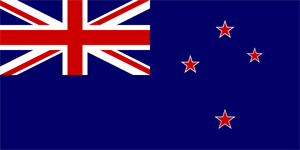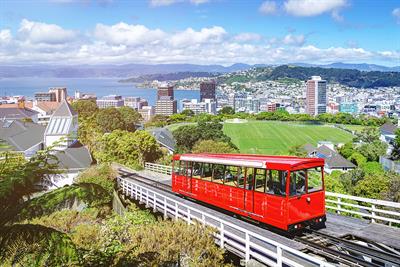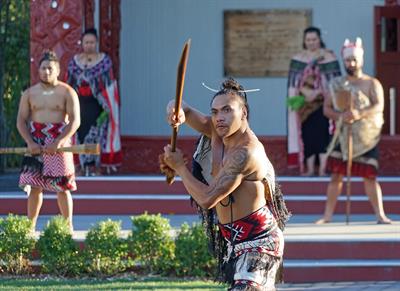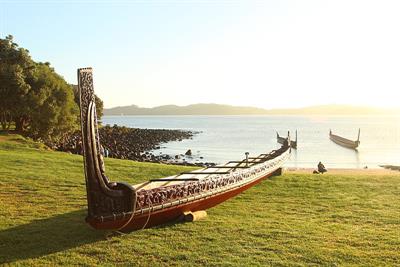Read the information, listen and learn words and expressions about New Zealand.
(Lasi informāciju, klausies un mācies par Jaunzēlandi!)

- New Zealand
New Zealand is a sovereign island country in the southwestern Pacific Ocean. The country has two main landmasses – the North Island and the South Island – and around 600 smaller islands. New Zealand is about 2,000 kilometres east of Australia across the Tasman Sea. Because of its remoteness, it was the last large habitable land to be settled by humans. During its long period of isolation, New Zealand developed a distinct biodiversity of animal, fungal, and plant life. New Zealand's capital city is Wellington, and its most populous city is Auckland.
Between about 1280 and 1350, Polynesians began to settle in the islands and developed a distinctive Māori culture. In 1642, Dutch explorer Abel Tasman became the first European to sight New Zealand. In 1840, representatives of the United Kingdom and Māori chiefs signed the Treaty of Waitangi, which declared British sovereignty over the islands. In 1841, New Zealand became a colony in the British Empire. It gained full independence in 1947 but the British monarch remained the head of state.
New Zealand — [ˌnjuː ˈziː.lənd] — Jaunzēlande
- The flag of New Zealand
The flag of New Zealand, also known as the New Zealand Ensign, is based on the British maritime Blue Ensign – a blue field with the Union Jack in the corner – defaced with four red stars centred in four white stars, representing the Southern Cross constellation. The current flag was designed and adopted for use on the colony's ships in 1869, was quickly adopted as New Zealand's national flag, and given statutory recognition in 1902.

the flag of New Zealand — [ˌflæɡ ˌəvˌnjuː ˈziː.lənd] — Jaunzēlandes karogs
- Wellington
Wellington is the capital city of New Zealand. It is located at the south-western tip of the North Island, between Cook Strait and the Remutaka Range. It is the world's southernmost capital of a sovereign state. Wellington features a temperate maritime climate, and is the world's windiest city by average wind speed. Legends recount that Kupe discovered and explored the region in about the 10th century. Before European colonisation, the area in which the city of Wellington would eventually be founded was seasonally inhabited by indigenous Māori. The earliest date with hard evidence for human activity in New Zealand is about 1280. European settlement began with the arrival on the ship Tory on 20 September 1839, followed by 150 settlers on the Aurora on 22 January 1840. Wellington was declared as a city in 1840, and was chosen to be the capital city of New Zealand in 1865.

Wellington — [ˈwel.ɪŋ.tən] — Velingtona
- Languages
New Zealand has three official languages: English and Maori (Māori).
New Zealand English— [ˌnjuː ˈziː.lənd ˈɪŋ.ɡlɪʃ] — Jaunzēlandes angļu valoda
Maori — [ˈmaʊ.ri] — maoru valoda
- People
The New Zealand people are called New Zealanders. Most of the New Zealand families have roots in England and Ireland, as during the British colonised the country and thus many families from 'the old world' immigrated into New Zealand.
New Zealander — [ˌnjuː ˈziː.lən.dər] — jaunzēlandietis, jaunzēlandiete
- Maori (Māori)
The Māori are the indigenous Polynesian people of New Zealand. Māori originated with settlers from eastern Polynesia, who arrived in New Zealand in several waves of waka (canoe) voyages roughly between 1320 and 1350. Over several centuries in isolation, these settlers developed their own distinctive culture, whose language, mythology, crafts and performing arts evolved independently from other eastern Polynesian cultures.

Maori — [ˈmaʊ.ri] — maori

waka — [ˈwæk.ə] — vaka
Atsauce:
https://www.newzealand.com